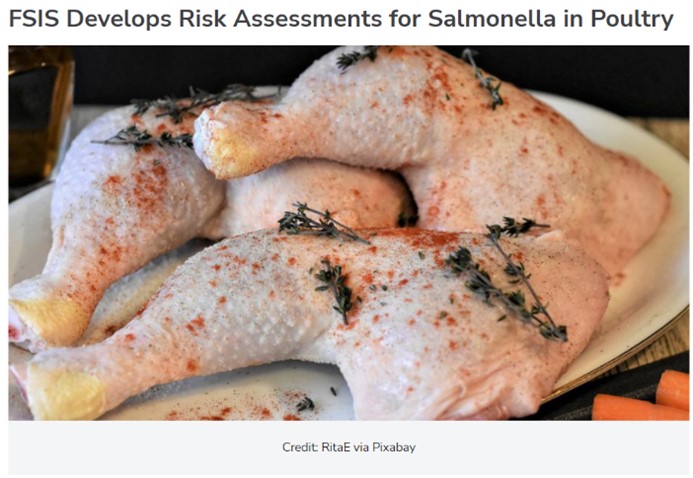-
Trainingarrow_drop_down
- About Training
-
Internationalarrow_drop_down
- About International
- Produce Safety Alliance Grower Training
- Good Fishing Vessel Practices
- Aquaculture Training Programs
- Good Agricultural Practices
- Commercially Sterile Packaged Foods
- Food Inspector Training
- Supply Chain Management for Spices and Botanical Ingredients
- WTO-SPS Professional Development
- Training Data
-
Collaborationsarrow_drop_down
- About Collaborations
-
International Collaborationsarrow_drop_down
- About International Collaborations
- About Collaborative Training Initiatives
- Collaborative Produce Safety Training Initiative
- Bangladesh Aquatic and Aquacultural Food Safety Center
- IICA-JIFSAN Collaborative Training Initiative for the Americas
- India Supply Chain Management for Spices and Botanical Ingredients (SCMSBI)
- Malaysia Ministry of Health Collaborative Framework on Food Safety Capacity Building
- Thailand Center for Commercially Sterile Packaged Foods
- About
- News & Events
- Training
- Research
-
Collaborations
-
International Collaborations
- About Collaborative Training Initiatives
- Collaborative Produce Safety Training Initiative
- Bangladesh Aquatic and Aquacultural Food Safety Center
- IICA-JIFSAN Collaborative Training Initiative for the Americas
- India Supply Chain Management for Spices and Botanical Ingredients (SCMSBI)
- Malaysia Ministry of Health Collaborative Framework on Food Safety Capacity Building
- Thailand Center for Commercially Sterile Packaged Foods
- Partnerships
-
International Collaborations
- Informatics

In October 2021, FSIS announced the development of a stronger and more comprehensive food safety framework for the control of Salmonella in poultry. In partnership with EpiX Analytics, UMD JIFSAN signed a cooperative agreement for the development of two quantitative risk assessments for Salmonella in chicken and turkey. Dr. Clare Narrod, JIFSAN’s Director, Risk Analysis/Impact Evaluation Programs, is the PI on this project. There are two teams. The first is working on developing a partnership for sharing data between the public and private sector and involves a team including Institute for the Advancement of Food and Nutrition Sciences and Structured Partnerships, and a senior scientist from an industry organization guiding the group. The second team is focused on the dose response modeling effort and involves a team working with EPIX Analytics. Both workstreams will feed into two risk assessments that will aid FSIS with a new framework for reducing Salmonella illnesses attributed to poultry consumed in the U.S. FSIS will address the following risk management questions reflecting information needed to evaluate and compare the public health benefits of policy options for controlling Salmonella in poultry:
- 1. What is the public health impact (change in illnesses, hospitalizations, and deaths) achieved by eliminating at receiving a proportion of chicken (or turkey) contaminated with specific levels of Salmonella and/or specific Salmonella subtypes?
- 2. What is the public health impact (change in illnesses, hospitalizations, and deaths) achieved by eliminating final product contaminated with specific levels of Salmonella and/or specific Salmonella subtypes?
- 3. What is the public health impact of monitoring/enforcing process control from re-hang to post-chill? Monitoring could include analytes such as Enterobacteriaceae, Aerobic Plate Count, or other indicator organisms, analysis could include presence/absence or levels and the monitoring could also include variability of actual result versus expected result, log reduction, absolute sample result, or other individual establishment specific criteria.
- 4. What is the public health impact of implementing combinations of the risk management options listed above?
Please see the Constituent Update - July 1, 2022.

